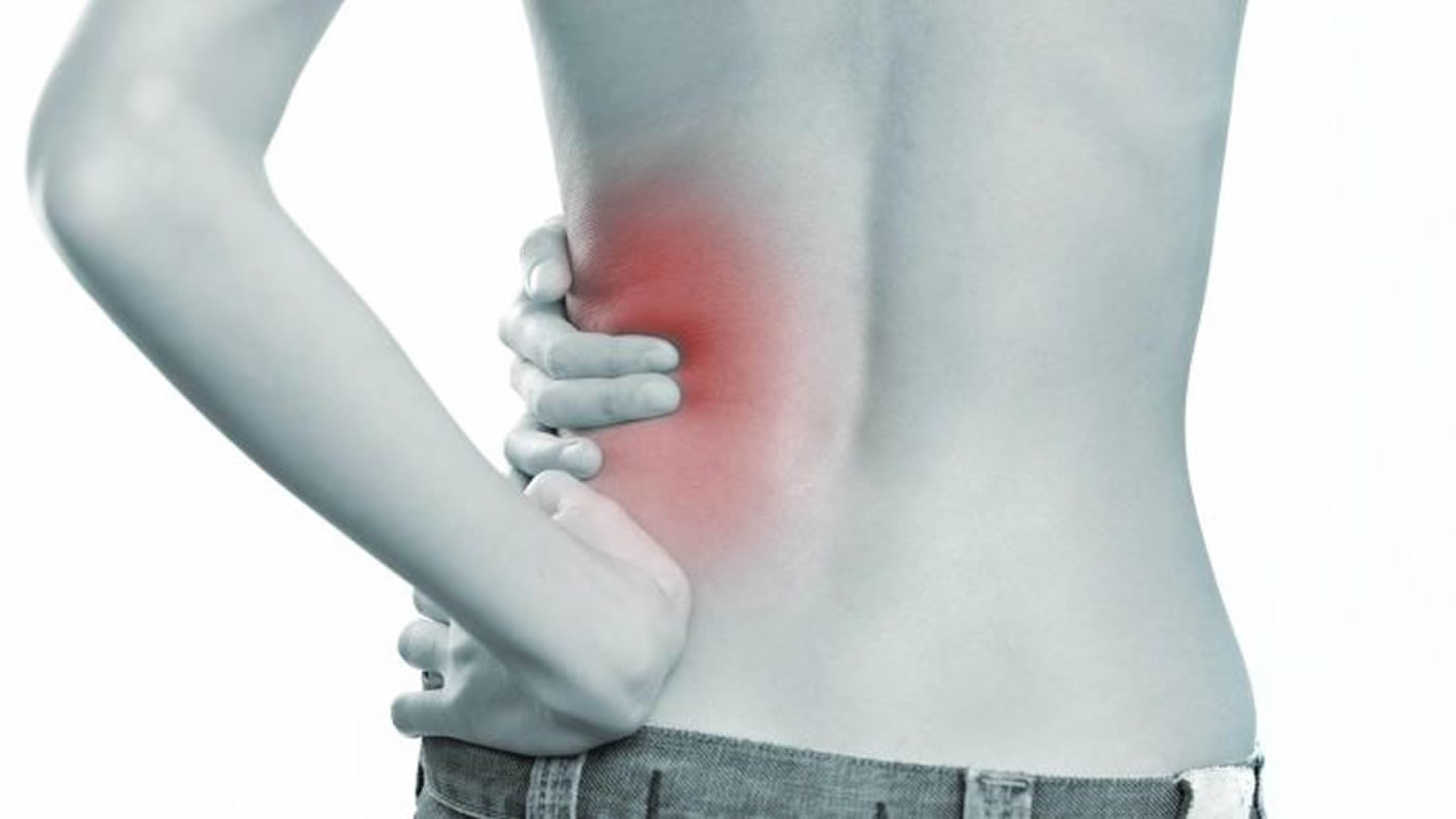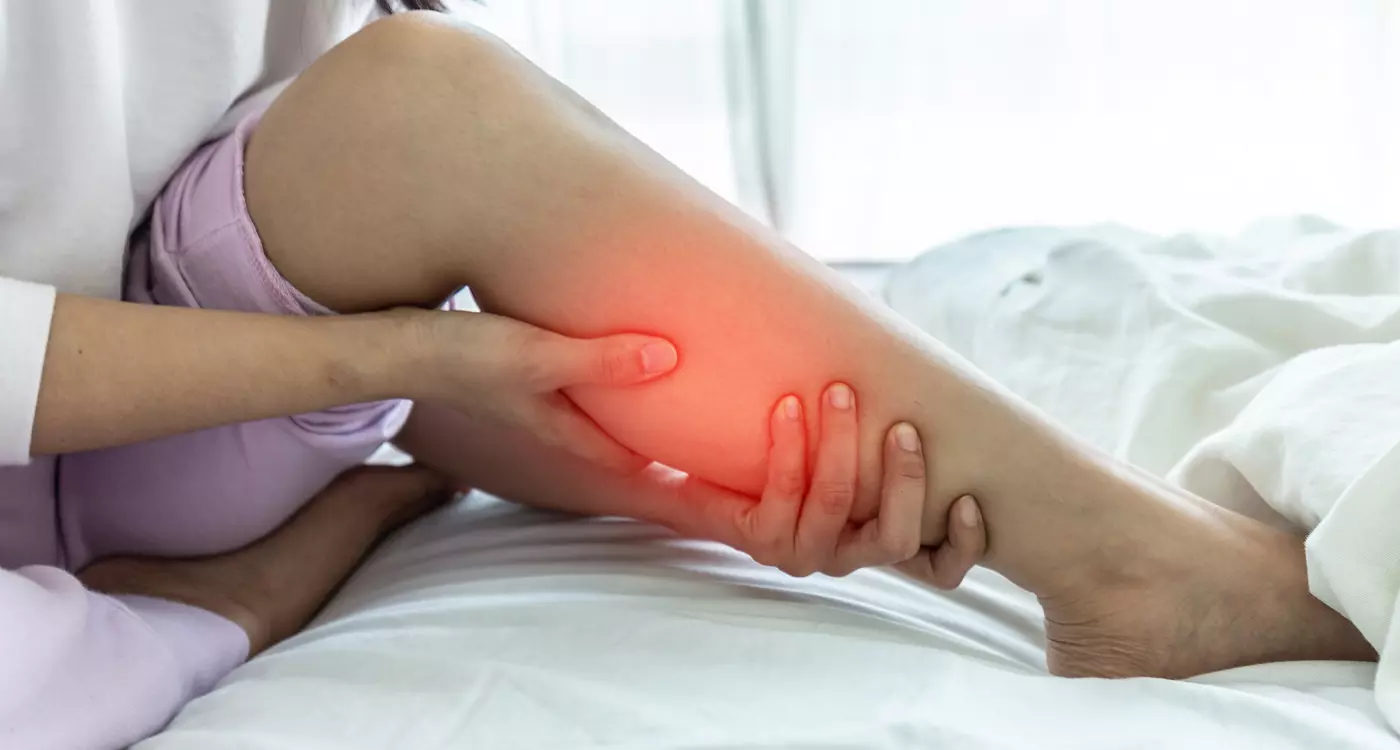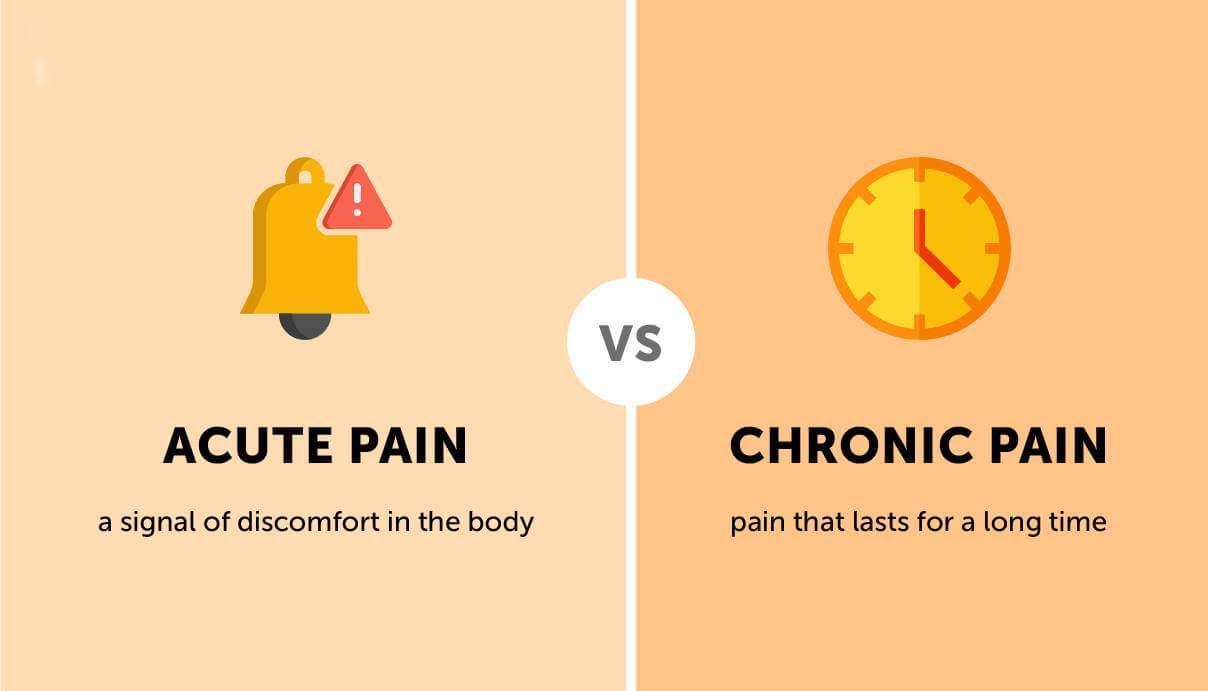Understanding the different types of pain is crucial for individuals seeking relief and effective management strategies. By gaining knowledge about chronic pain and acute pain, individuals can better navigate their pain experiences, communicate with healthcare providers, and make informed decisions about their treatment options. This understanding empowers individuals to take an active role in their pain management and improves their overall well-being.
B. Overview of chronic pain and acute pain
Acute pain and chronic pain are two separate types of pain with distinctive features and times of occurrence:
Pain that is persistent and long-lasting and lasts longer than it should to recover is referred to as chronic pain. Numerous things, including underlying medical issues, nerve damage, or continuous injuries, can contribute to it. Multiple facets of a person’s life, such as physical functionality, emotional health, and interpersonal relationships, are frequently affected by chronic pain. A thorough and holistic strategy that takes into account the physical, psychological, and social aspects of pain is necessary for managing chronic pain. To reduce symptoms and enhance general quality of life, this may require an array of medical interventions, physical therapy, changes in lifestyle, and psychological assistance.
Temporary and frequently brought on by a specific injury, medical procedure, or illness, acute pain manifests itself suddenly. By warning the body of potential injury and indicating the need for rapid care, it acts as a protective mechanism. Acute discomfort typically subsides as the underlying cause of it heals and is typically transient. In order to effectively treat acute pain, the underlying illness or damage must be treated as well as the pain symptoms. In order to aid the body’s healing process, this may entail using drugs to treat pain, physical therapy, rest, and other measures.
People are better equipped to express their needs and experiences to healthcare professionals when they are aware of the distinctions between chronic pain and acute pain. This information aids in creating individualized pain management programs that target the particular type of pain being experienced, resulting in interventions that are more effective and specifically designed. People can endeavor to improve their quality of life, overall functioning, and pain management by better understanding the many forms of pain.
Differences between Chronic and Acute Pain
A. Duration and persistence
Chronic pain is characterized by its long-lasting nature, extending beyond the expected healing time. It can persist for weeks, months, or even years, causing ongoing discomfort and affecting daily life. On the other hand, acute pain is temporary and typically lasts for a short duration, directly related to an injury, surgery, or illness. It serves as a warning signal and usually subsides as the underlying cause heals.
B. Underlying causes
Acute pain is often caused by specific incidents like an injury, surgical procedure, or infection. It is a result of tissue damage or inflammation and is usually well-defined. In contrast, chronic pain can stem from various factors, such as underlying medical conditions, nerve damage, or long-term injuries. Identifying and addressing the underlying causes of chronic pain is essential for effective management and targeted treatment.
C. Effects on functionality and daily life
Compared to acute pain, chronic pain has a larger influence on daily living and functionality. Physical capabilities, mobility, sleep patterns, temperament, and general quality of life can all be impacted by chronic pain. It frequently results in restrictions on daily activities, decreased productivity, and difficulties maintaining social connections. Although strong, acute pain is normally localized to the site of the injury or disease and does not significantly interfere with everyday life.
For people who are experiencing pain and the medical professionals who are involved in their care, understanding the distinctions between acute and chronic pain is crucial. It enables for customized treatment strategies, reasonable expectations, and better pain management results. An individual can better control their pain and improve their overall well-being by seeking solutions and assistance that are tailored to their particular requirements by being aware of the distinctive characteristics of each type of pain.
Similarities between Chronic and Acute Pain
A. Subjective nature of pain experience
Both chronic pain and acute pain share the subjective nature of the pain experience. Pain is a personal and individualized sensation, influenced by factors such as genetics, previous experiences, and psychological state. The perception and interpretation of pain can vary greatly from person to person, highlighting the importance of acknowledging and respecting each individual’s unique pain experience.
B. Importance of individualized treatment
Just as pain experiences differ between individuals, the effectiveness of pain management approaches can vary as well. Both chronic pain and acute pain require individualized treatment plans that consider factors such as the underlying cause, the person’s overall health, and their specific needs and preferences. Recognizing the importance of individualized treatment ensures that interventions are tailored to address the unique aspects of each person’s pain, leading to more effective and personalized care.
C. The requirement for all-inclusive pain management techniques
Comprehensive pain treatment strategies frequently help with both acute and chronic pain. It entails managing pain from a variety of perspectives and taking into account a person’s wellbeing on a variety of levels. A combination of pharmaceutical interventions, physical therapies, counseling, lifestyle changes, and other therapies may be used in comprehensive pain management. Healthcare professionals can address the multidimensional nature of pain, boost functionality, better control pain, and advance general well-being by adopting a holistic approach.
Conclusion:
In conclusion, gaining a comprehensive understanding of different types of pain, such as chronic pain and acute pain, is crucial for effective pain management. By recognizing the unique characteristics and underlying causes of each type of pain, healthcare providers can tailor treatment approaches to meet the specific needs of individuals experiencing pain.
Chronic pain, characterized by its persistent nature, requires a holistic and multidimensional approach to address the complex factors contributing to its development and maintenance. This may involve a combination of medical interventions, physical therapies, psychological support, lifestyle modifications, and complementary therapies.
On the other hand, acute pain, typically caused by injury, surgery, or illness, necessitates immediate pain relief and targeted treatment aimed at addressing the underlying cause and promoting healing. Pharmacological interventions, rest, and physical therapies are commonly employed to manage acute pain effectively.
Recognizing the subjective nature of pain and the individual variations in pain perception is crucial. Healthcare professionals must prioritize individualized treatment plans, taking into account factors such as the person’s medical history, preferences, and goals. This personalized approach ensures that pain management strategies align with the unique needs and experiences of each individual.
Understanding the Two Types of Pain by Comparing Acute and Chronic Pain
A. Importance of understanding different types of pain
Understanding the different types of pain is crucial for individuals seeking relief and effective management strategies. By gaining knowledge about chronic pain and acute pain, individuals can better navigate their pain experiences, communicate with healthcare providers, and make informed decisions about their treatment options. This understanding empowers individuals to take an active role in their pain management and improves their overall well-being.
B. Overview of chronic pain and acute pain
Acute pain and chronic pain are two separate types of pain with distinctive features and times of occurrence:
Pain that is persistent and long-lasting and lasts longer than it should to recover is referred to as chronic pain. Numerous things, including underlying medical issues, nerve damage, or continuous injuries, can contribute to it. Multiple facets of a person’s life, such as physical functionality, emotional health, and interpersonal relationships, are frequently affected by chronic pain. A thorough and holistic strategy that takes into account the physical, psychological, and social aspects of pain is necessary for managing chronic pain. To reduce symptoms and enhance general quality of life, this may require an array of medical interventions, physical therapy, changes in lifestyle, and psychological assistance.
Temporary and frequently brought on by a specific injury, medical procedure, or illness, acute pain manifests itself suddenly. By warning the body of potential injury and indicating the need for rapid care, it acts as a protective mechanism. Acute discomfort typically subsides as the underlying cause of it heals and is typically transient. In order to effectively treat acute pain, the underlying illness or damage must be treated as well as the pain symptoms. In order to aid the body’s healing process, this may entail using drugs to treat pain, physical therapy, rest, and other measures.
People are better equipped to express their needs and experiences to healthcare professionals when they are aware of the distinctions between chronic pain and acute pain. This information aids in creating individualized pain management programs that target the particular type of pain being experienced, resulting in interventions that are more effective and specifically designed. People can endeavor to improve their quality of life, overall functioning, and pain management by better understanding the many forms of pain.
Differences between Chronic and Acute Pain
A. Duration and persistence
Chronic pain is characterized by its long-lasting nature, extending beyond the expected healing time. It can persist for weeks, months, or even years, causing ongoing discomfort and affecting daily life. On the other hand, acute pain is temporary and typically lasts for a short duration, directly related to an injury, surgery, or illness. It serves as a warning signal and usually subsides as the underlying cause heals.
B. Underlying causes
Acute pain is often caused by specific incidents like an injury, surgical procedure, or infection. It is a result of tissue damage or inflammation and is usually well-defined. In contrast, chronic pain can stem from various factors, such as underlying medical conditions, nerve damage, or long-term injuries. Identifying and addressing the underlying causes of chronic pain is essential for effective management and targeted treatment.
C. Effects on functionality and daily life
Compared to acute pain, chronic pain has a larger influence on daily living and functionality. Physical capabilities, mobility, sleep patterns, temperament, and general quality of life can all be impacted by chronic pain. It frequently results in restrictions on daily activities, decreased productivity, and difficulties maintaining social connections. Although strong, acute pain is normally localized to the site of the injury or disease and does not significantly interfere with everyday life.
For people who are experiencing pain and the medical professionals who are involved in their care, understanding the distinctions between acute and chronic pain is crucial. It enables for customized treatment strategies, reasonable expectations, and better pain management results. An individual can better control their pain and improve their overall well-being by seeking solutions and assistance that are tailored to their particular requirements by being aware of the distinctive characteristics of each type of pain.
Similarities between Chronic and Acute Pain
A. Subjective nature of pain experience
Both chronic pain and acute pain share the subjective nature of the pain experience. Pain is a personal and individualized sensation, influenced by factors such as genetics, previous experiences, and psychological state. The perception and interpretation of pain can vary greatly from person to person, highlighting the importance of acknowledging and respecting each individual’s unique pain experience.
B. Importance of individualized treatment
Just as pain experiences differ between individuals, the effectiveness of pain management approaches can vary as well. Both chronic pain and acute pain require individualized treatment plans that consider factors such as the underlying cause, the person’s overall health, and their specific needs and preferences. Recognizing the importance of individualized treatment ensures that interventions are tailored to address the unique aspects of each person’s pain, leading to more effective and personalized care.
C. The requirement for all-inclusive pain management techniques
Comprehensive pain treatment strategies frequently help with both acute and chronic pain. It entails managing pain from a variety of perspectives and taking into account a person’s wellbeing on a variety of levels. A combination of pharmaceutical interventions, physical therapies, counseling, lifestyle changes, and other therapies may be used in comprehensive pain management. Healthcare professionals can address the multidimensional nature of pain, boost functionality, better control pain, and advance general well-being by adopting a holistic approach.
Conclusion:
In conclusion, gaining a comprehensive understanding of different types of pain, such as chronic pain and acute pain, is crucial for effective pain management. By recognizing the unique characteristics and underlying causes of each type of pain, healthcare providers can tailor treatment approaches to meet the specific needs of individuals experiencing pain.
Chronic pain, characterized by its persistent nature, requires a holistic and multidimensional approach to address the complex factors contributing to its development and maintenance. This may involve a combination of medical interventions, physical therapies, psychological support, lifestyle modifications, and complementary therapies.
On the other hand, acute pain, typically caused by injury, surgery, or illness, necessitates immediate pain relief and targeted treatment aimed at addressing the underlying cause and promoting healing. Pharmacological interventions, rest, and physical therapies are commonly employed to manage acute pain effectively.
Recognizing the subjective nature of pain and the individual variations in pain perception is crucial. Healthcare professionals must prioritize individualized treatment plans, taking into account factors such as the person’s medical history, preferences, and goals. This personalized approach ensures that pain management strategies align with the unique needs and experiences of each individual.




